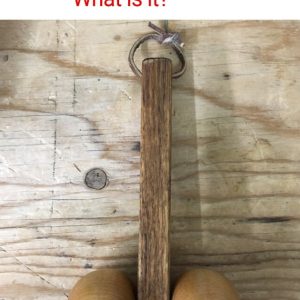Ever stumble across a brass bucket with a lid and a handle, maybe tucked into the corner of a grandparent’s living room or sitting quietly in an antique store—and wonder what it was for? If your answer came instantly, chances are you come from an era rich with warmth, stories, and the unmistakable crackle of a coal-burning fire.
That charming container is a coal scuttle, also known as a coal hod. Once a daily essential, it played a silent but vital role in households throughout the 19th and early 20th centuries. Let’s uncover the legacy of this now-nostalgic piece and explore why it deserves a second look in our modern world.

When the Hearth Was the Heart of the Home
Long before central heating and digital thermostats, warmth came from a single glowing source: the fireplace. And by its side, always ready, stood the coal scuttle. These vessels weren’t just practical—they were beautiful, often crafted with care and intended to blend into the decor as seamlessly as a piece of fine furniture.
The tapered mouth allowed for easy pouring. The wide base gave it balance. And that curved handle? Perfect for little hands or calloused ones alike, ferrying coal from the bin to the blaze.
Video: An old Coal scuttle from the remains – Renovation
A Daily Ritual That Brought Families Together
Imagine winter in 1905. Snow falls outside. A child carries a coal scuttle carefully to the parlor where the fireplace roars, ready to earn praise from Grandma for not spilling a single lump. This was more than a task—it was tradition. The scuttle taught responsibility, rhythm, and respect for the warmth it helped provide.
For generations, tending to the fire wasn’t just a chore. It was a moment of connection. A coal scuttle didn’t just carry fuel. It carried ritual.
From Modest Iron to Ornate Brass: A Sign of Status
Coal scuttles weren’t one-size-fits-all. Like much in history, they quietly reflected class and craftsmanship.
- Working-class homes often had plain, functional scuttles made from tin or blackened steel.
- Upper-class homes showcased polished brass versions with elegant inlays, engravings, and ceramic handles.
Owning an ornate scuttle was more than decor—it was a subtle symbol of wealth, taste, and refinement. It stood not just for heat, but for hospitality and home pride.
Crafted Through History: Industrial Roots and Wartime Resilience
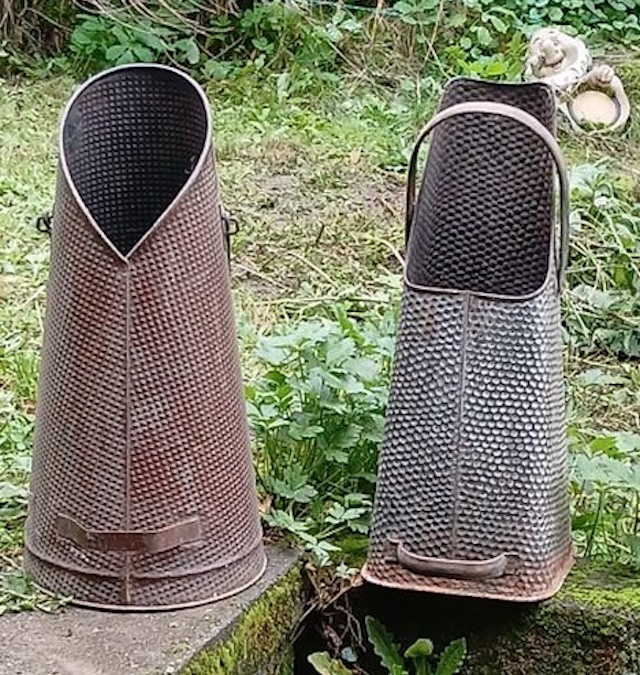
The rise of coal use during the Industrial Revolution brought with it a surge in demand for tools that could handle the mess and weight of the fuel. The scuttle was born from need—but evolved with elegance.
During wartime shortages, families got creative. They repurposed old buckets, fashioned handles from scrap, and even painted or personalized their makeshift scuttles. These pieces, patched with love and ingenuity, tell stories of resilience and adaptability that still inspire today.
Memories Etched in Metal
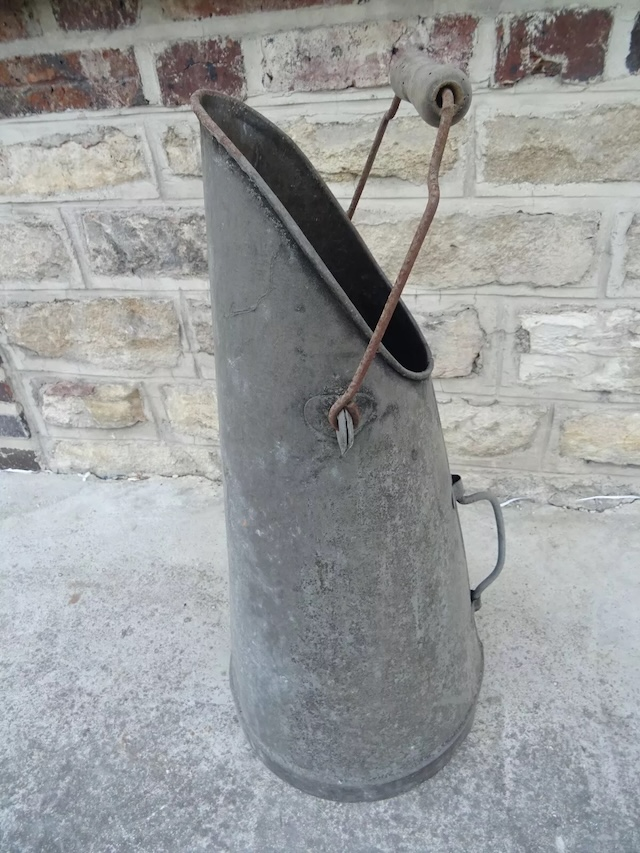
Ask someone who grew up with one in the house, and chances are they’ll light up. One woman remembered the soft clang it made when her grandfather scooped the coal at dawn. Another man recalled how his mother polished the family’s copper scuttle every Sunday, even if the fire wasn’t lit.
These vessels became characters in family stories—always there, always needed.
From Utility to Décor: A Second Life for Coal Scuttles
Even as coal faded from our homes, the scuttle didn’t disappear—it reinvented itself.
Today, vintage coal scuttles are finding new purpose. You’ll spot them:
- As planters in garden patios.
- As umbrella holders in elegant foyers.
- As storage bins for firewood or even wine bottles.
- As centerpieces, drawing the eye and starting conversations.
They add a sense of heritage, warmth, and timelessness that’s hard to replicate with modern decor.
Fun Facts That Might Surprise You
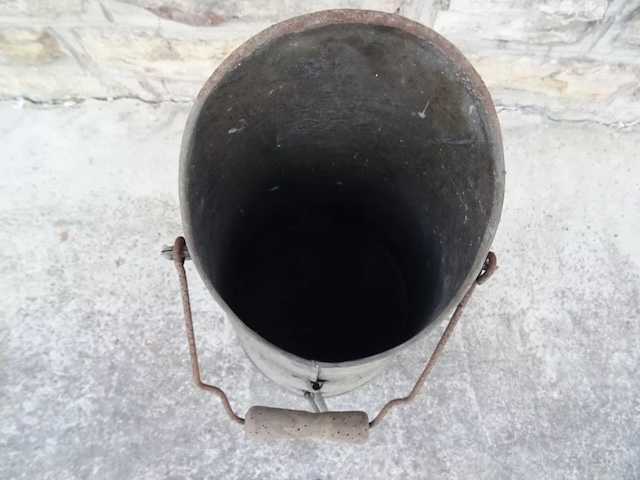
- A slot for status: In the Victorian era, some coal scuttles were so decorative they cost more than the furniture they sat beside.
- Literary legends: Coal scuttles appear in classic literature—from Charles Dickens to Louisa May Alcott—as symbols of warmth, hardship, or home life.
- Art with a handle: Some rare scuttles feature hand-painted porcelain panels or family crests.
Even their names—scuttle and hod—reflect their roots in early English, evoking the simple act of carrying and holding, done with purpose.
Why They Disappeared—And Why They’re Back
Video: Vintage 1976 coal scuttle with bald eagle
By the 1950s and ’60s, gas heaters and electric furnaces began to replace coal-burning fireplaces. Slowly, the need for scuttles faded. What was once an essential became a relic. But today, as vintage aesthetics, upcycling, and nostalgia enjoy a major comeback, coal scuttles are reentering the spotlight.
People are rediscovering their charm, craftsmanship, and character. In a world where so much is plastic and disposable, a coal scuttle feels solid—real. It reminds us of effort, elegance, and enduring design.
Conclusion: More Than Metal—It’s a Memory Container
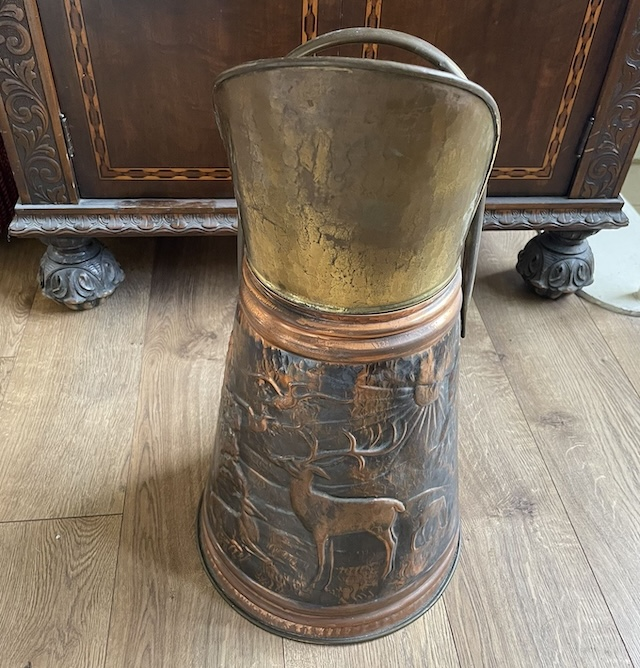
Coal scuttles were never just coal carriers. They were vessels of warmth, symbols of home, and storytellers in their own right. They brought comfort during harsh winters, taught lessons in responsibility, and added a touch of beauty to an otherwise gritty task.
Today, even as their original function fades into history, their legacy holds strong. They stand quietly in corners, not to heat a room, but to warm a memory. And if you recognized one the moment you saw it—you’re not just looking at a container.


